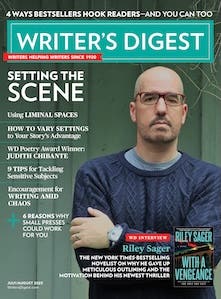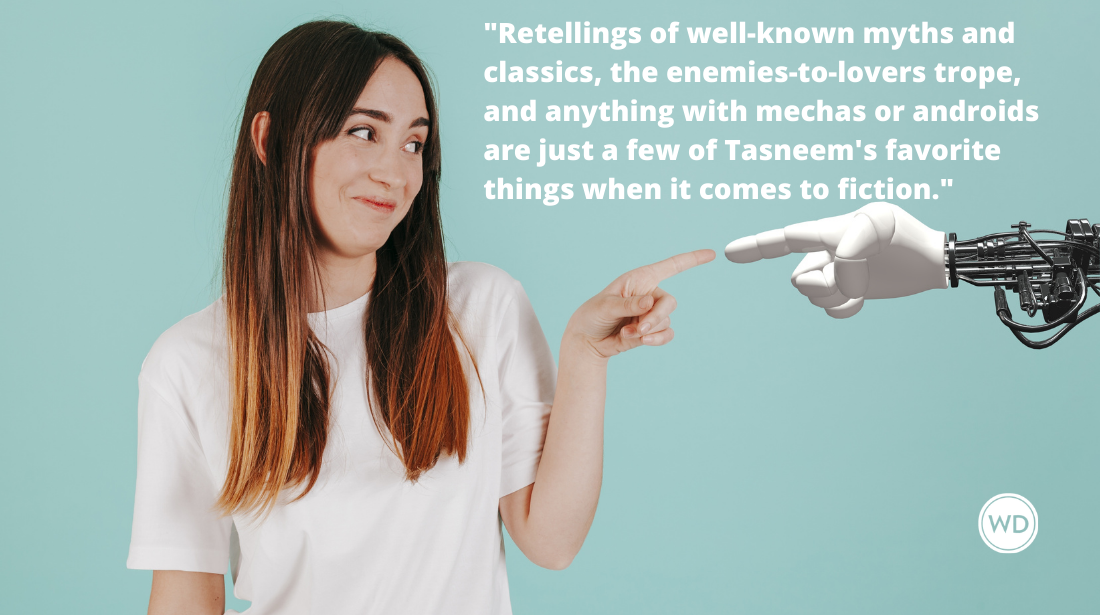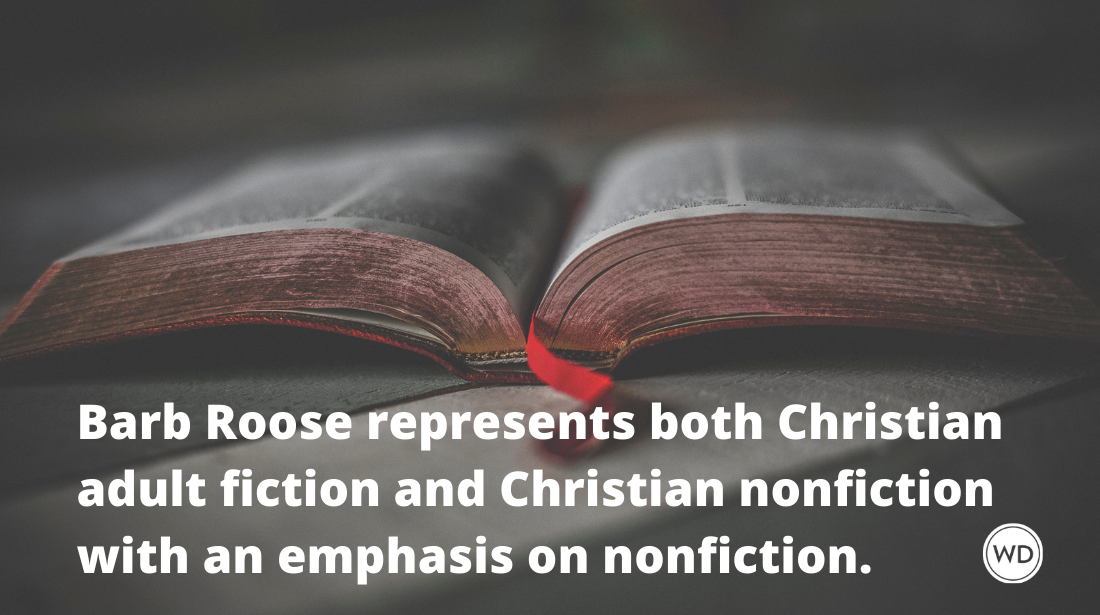Editor Interview: Nick Eliopulos of Random House Children’s
An interview with Nick Eliopulos, editor for Random House Children’s Books.
The GLA Blog has a special treat this week—an interview with Nick Eliopulos, editor for Random House Children's Books. He fits right in with our recent focus on agents and editors for children's writing, which includes picture books, young adult and middle grade works.
Associate Editor at Random House Books for Young Readers (an imprint of Random House Children's Books), Nick Eliopulos started out at the University Press of Florida, where a college internship led to a full-time job as an acquisitions assistant. Eventually, he moved to New York and subsisted on freelance for a few months before landing at Random House.
Two of Nick's projects will be published in 2007: Squirrelly Gray, a picture book by indie-comics superstar James Kochalka, and The Hound of Rowan, first in a middle-grade fantasy trilogy by newcomer Henry H. Neff. His comics work appears in the anthologies Stuck in the Middle (Viking, 2007) and First Kiss (Then Tell) (Bloomsbury, 2008). He has survived three consecutive winters in Manhattan.
GLA: What are some subjects or some styles that you don't see tackled often, and wonder why more writers are not tackling such a subject/style?
NE: Thoughtful, literary novels with boy appeal. Newbery-caliber stuff. These books are few and far between. And if we're worried that boys don't read enough, not making books for them won't help the problem.
GLA: Do you ever turn down work because it's too "smart"—meaning either the concept is too complex or the language is too advanced?
NE: I recently read The Golden Compass, and you know what? It's way too smart. The language, the premise, the roaming POV ... but it's such a wonderful book and it's obviously found an audience.
I hope I'm never in a position where I have to turn down a submission because it's smart or challenging. I can imagine, as an editor, asking for edits to broaden the appeal: Can this concept be clearer? Does the language seem like too much here? Does the work benefit from limiting the POV? But never in the interest of talking down to the audience.
(I'm thinking mainly of novels here, of course. If you're working with an established format, like the Random House Stepping Stones line, then it's essential that the language fit the guidelines of that format. And I think picture books have limits, as well, though mostly in terms of content.)
GLA: What is the most common reasons you and your fellow board of editors turn down a project (manuscript)?
NE: We have to think in terms of our list—where our strengths lie. But it's a fine line. We want something that is somewhat familiar, but that offers something new.
That's really the best way to find a publisher--look at who's publishing work similar to your own. If my group is having success with fantasy novels and you submit a teen cookbook, chances are we won't have the resources to make your book a hit.
GLA: When you sit down to read a manuscript, what do you want to see (or "feel") in the first 10-20 pages?
NE: A strong sense of character—through action and dialogue as opposed to narration.
Much of what I read is slow to get to the actual plot. That's OK in a draft; it (will help) if there's some kind of synopsis so that I know what to expect. But voice and character should be front and center from the start.
GLA: Many YA books follow a similar formula. With that in mind, is a big part in the concept? Like writing the standard "Girl feels awkward in high school and likes boy" except "Girl turns into a werewolf at night"? Does it need a hook like that, or can you still write a good story that no big hook?
NE: Hooks help—a lot. Even once I've signed on a book, I have to pitch it to sales and marketing, who have to pitch it to retailers and librarians. If you've got a unique and memorable spin, that's half the battle won.
But different books come with different expectations. If you've written a story about an awkward girl with not a werewolf in sight, but with a strong and believable voice—well, there's likely an audience for that book. Notice that a lot of the award-winners are quiet tales that you can't do justice in a one-line pitch.
GLA: What advice would you like to give concerning a topic we haven't addressed yet?
NE: Read! Read a lot. And not just children's books. It definitely helps to know what's out there for your target age group—but if you're up on current events or quantum physics or the cultural history of deodorant, then you have a better chance of bringing something altogether new to the table.
GLA: Does Random House Children's ever take unagented submissions?
NE: Officially we don't, but it's certainly happened before. Chances are that a blind submission will eventually be seen by somebody—but having an agent is really the way to go. For one thing, it guarantees your submission will be read. For another, it truly pays off to work with someone who knows the ins and outs of the business (and who can give you objective feedback before your work lands on an editor's desk).
GLA: Will you be at any upcoming conferences where writers can meet you?
NE: Yes—the Rutgers University Council on Children's Literature in October 2007.
Chuck Sambuchino is a former editor with the Writer's Digest writing community and author of several books, including How to Survive a Garden Gnome Attack and Create Your Writer Platform.






